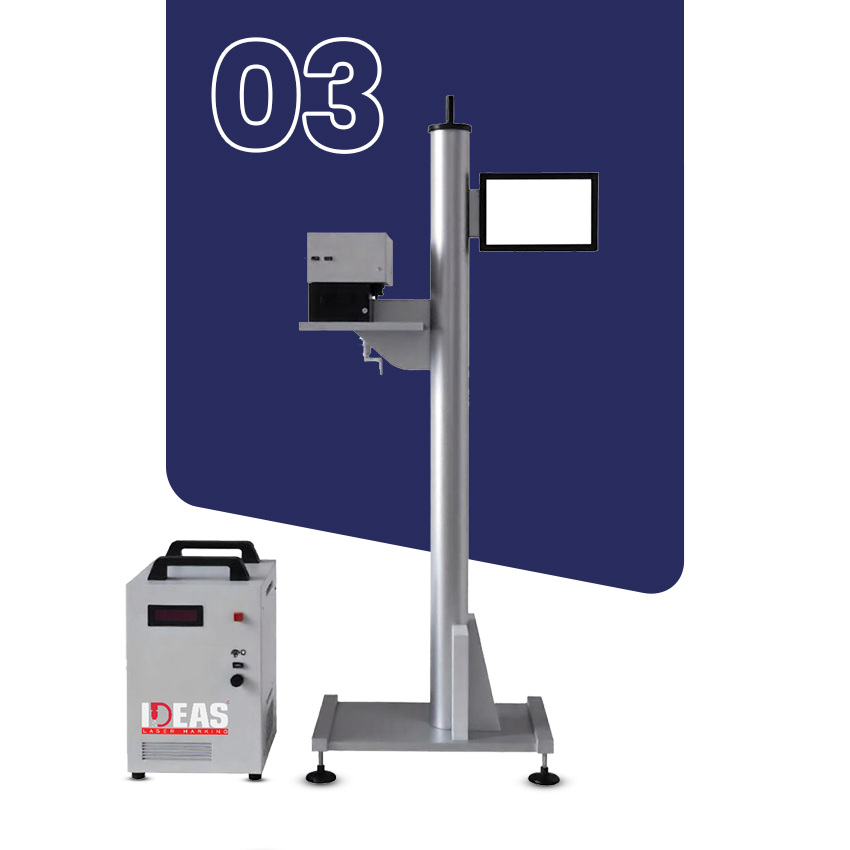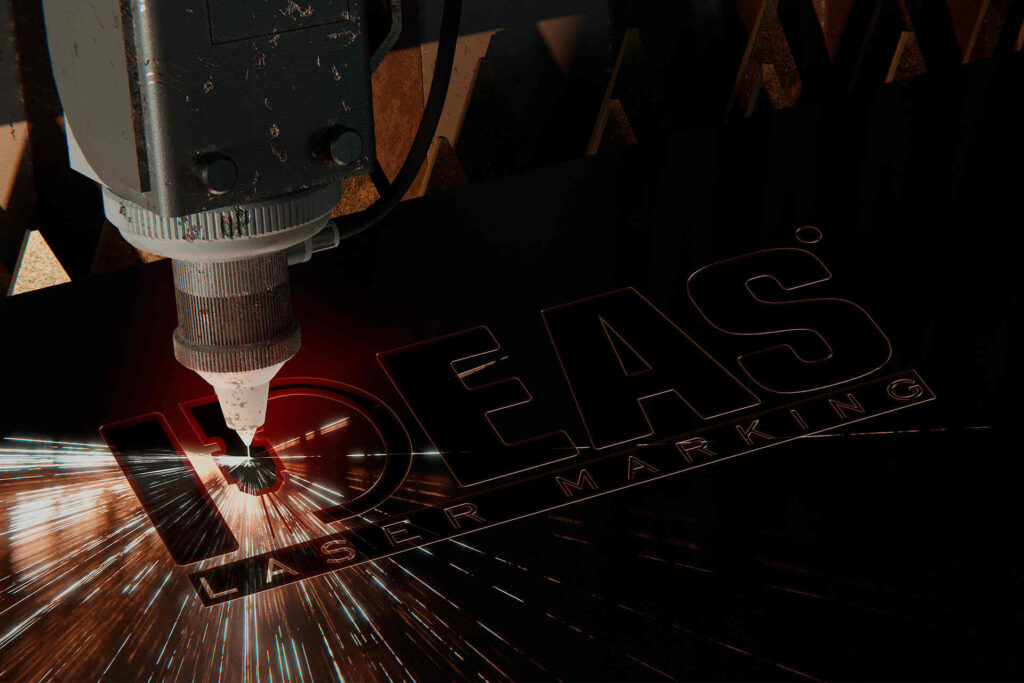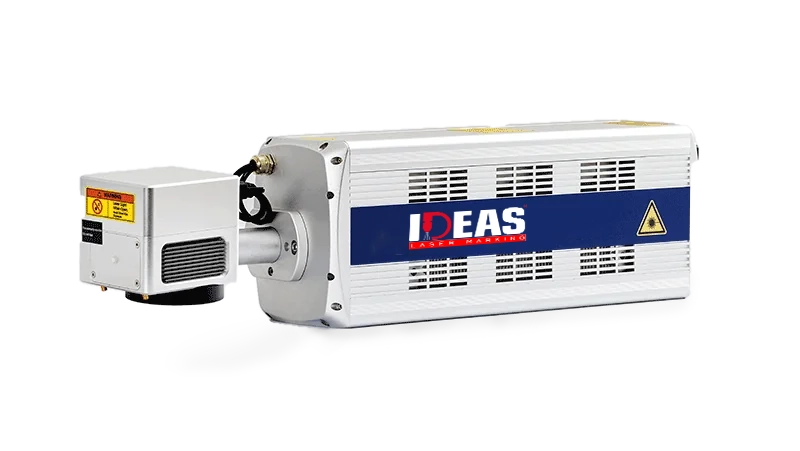UV Laser Marking Machine

Product Information Overview
Precision UV Laser Marking for High-Quality Metal Surfaces
PRODUCT OVERVIEW

Product Advantages


Industry trend
Manufacturers of PET packaging are increasingly turning to "thin-walled" PET materials to cut down on production costs and reduce environmental waste. However, this thinner material poses a challenge for traditional laser marking, as it's more prone to burning or distortion. UV laser printers offer a reliable solution by delivering precise, low-heat marking that avoids damaging the delicate surface while still achieving clear and accurate results.
At the same time, stricter regulations around pharmaceutical packaging and labelling have prompted many companies to move away from ink-based systems and adopt laser marking technologies for better compliance, traceability, and product integrity.
High-density polyethene (HDPE) bottles remain a top choice for packaging pharmaceutical products, as they are durable and reliable. These bottles require clear, permanent labelling to ensure adequate product tracking. UV laser printers excel in this area, creating dark, high-resolution codes on the light-coloured surface of HDPE bottles. The result is legible, long-lasting markings that meet industry standards and remain visible throughout the product's lifecycle.
Minimizes thermal impact
UV lasers emit high-energy photons capable of directly breaking molecular bonds. This allows marking and processing to be done without generating surface heat, effectively minimizing material damage and ensuring high-precision results.
It also offers excellent absorption for highly reflective materials like gold, silver, and copper, without causing excess heat buildup. This minimizes the formation of soot and burrs, preserves the original surface quality, and enables precise marking and processing with strong resistance to corrosion.
As electronic components get smaller each year, the plastic used to cover them is also getting thinner. Using a regular laser (1064nm) might go through this thin cover and damage the parts inside. However, using a UV laser (355nm) is a better choice because it is absorbed more easily by the surface, so it doesn’t go deep and helps protect the inside from harm.
Product Applications
CO₂ lasers are gas-based systems that use carbon dioxide as the active medium, making them ideal for delivering clear, consistent, and high-quality markings on a wide range of materials such as cardboard, glass, coated metals, paper labels, PET, acrylic, and other plastics. Renowned for their adaptability and accuracy., these lasers produce permanent, high-contrast marks without any physical contact, preserving the integrity of even delicate materials.
list of items






Technical Specifications
| Category | Specification |
|---|---|
| Laser Type | Q-switched pulsed lasers |
| Max Output Power | 3W / 5W / 10W |
| Laser Wavelength | 355nm |
| Laser Lifetime (avg) | 15,000 hours |
| Laser Class | Class 4 (IEC60825-1 compliant) |
| Max Linear Speed | 20 m/s |
| Marking Speed | Up to 30 characters/sec |
| Coding Angle | Downward (90°) or flat (0°) |
| Marking Area | 70x70mm, 100x100mm, 140x140mm, 200x200mm |
| Vibrometer | 8mm / 10mm |
| Beam Expanders | 2–10x (6x standard) |
| Spot Size | 20μm |
| Marking Distance | 255–265mm |
| Touch Interface | Built-in 10" Win10 touch screen |
| Communication Ports | Ethernet RJ45, RS232, RS485, USB, SD card |
| Voltage | 200–240V, 50/60Hz |
| Power Consumption | 300W |
| Ingress Protection | IP54 (standard), IP65 (optional) |
| Operating Temp | 5–45°C |
| Humidity Range | Max 80% RH (non-condensing) |
| Cooling Method | Water cooling |
| Weights | Optical path: 21.3kg, Power: 8.4kg, Water tank: 29.5kg |









